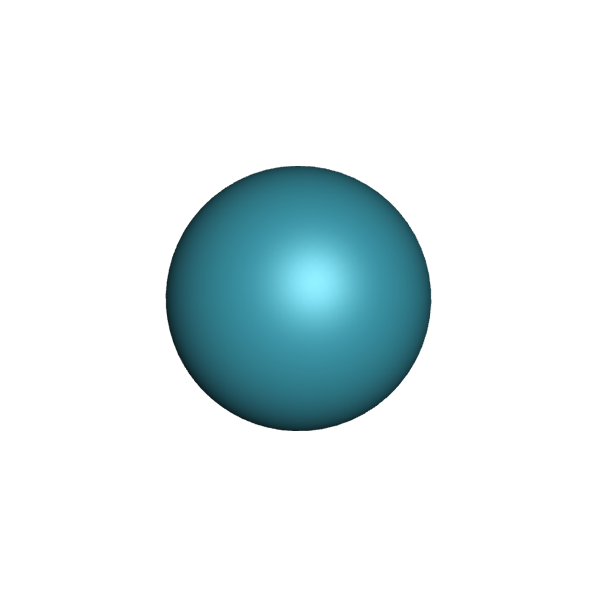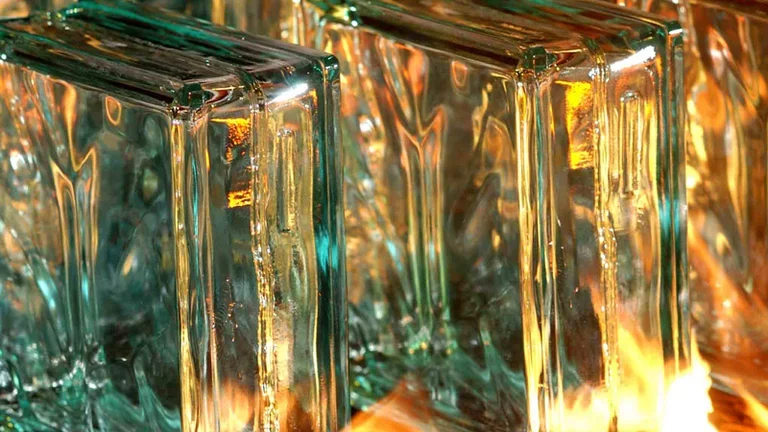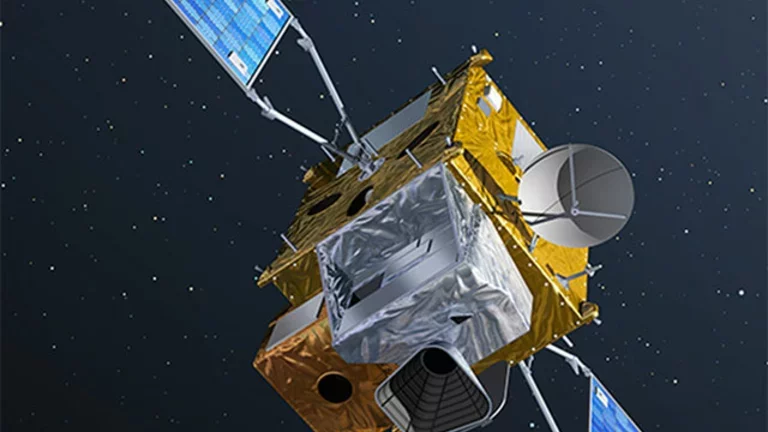
Xenon
- Xe
- CAS Number 7440-63-3
- UN2036 (gas)
Click & drag to move the 3D molecule
Liquid / Gas Volumes
Calculate the volume or mass of a quantity of gas or liquid
Liquid Phase
At boiling point at 1.013 bar
Gas Phase
In standard conditions (1.013 bar, 15°C)
Physical Properties
Molecule phase diagram showing the transition phases between solid, liquid and gas as a function of temperature and pressure
-
- Molar mass 131.290 g/mol
- Content in dry air 0.09 ppm
-
Critical Point
- Temperature 16.59 °C
- Pressure 58.4037 bar
- Density 1112.63 kg/m³
-
Triple Point
- Temperature -111.75 °C
- Pressure 8.17E-1 bar
Pressure 1.013 bar
| Latent heat of fusion (at melting point) | 17.48 kJ/kg |
| Melting point | - 111.79 °C |
Pressure 1.013 bar
| Boiling point | - 108.1 °C |
| Latent heat of vaporization (at boiling point) | 95.587 kJ/kg |
| Liquid density (at boiling point) | 2942 kg/m3 |
| Compressibility factor Z | 9.9316E-1 |
| Cp/Cv ratio γ | 1.6797 |
| Gas density (at boiling point) | 10.007 kg/m3 |
| Gas density | 5.8965 kg/m3 |
| Gas/(liquid at boiling point) equivalent | 498.94 vol/vol |
| Heat capacity Cp | 1.6067E-1 kJ/(kg.K) |
| Heat capacity Cv | 9.5651E-2 kJ/(kg.K) |
| Specific gravity | 4.56 |
| Specific volume | 1.696E-1 m3/kg |
| Thermal conductivity | 5.107 mW/(m.K) |
| Vapor pressure | 41.3755 bar |
| Viscosity | 2.1216E-4 Po |
| Compressibility factor Z | 9.9415E-1 |
| Cp/Cv ratio γ | 1.6782 |
| Gas density | 5.584 kg/m3 |
| Gas/(liquid at boiling point) equivalent | 526.86 vol/vol |
| Heat capacity Cp | 1.6029E-1 kJ/(kg.K) |
| Heat capacity Cv | 9.5514E-2 kJ/(kg.K) |
| Solubility in water | 1.0519E-4 mol/mol |
| Specific gravity | 4.56 |
| Specific volume | 1.791E-1 m3/kg |
| Thermal conductivity | 5.365 mW/(m.K) |
| Vapor pressure | 56.5688 bar |
| Viscosity | 2.2278E-4 Po |
| Compressibility factor Z | 9.9471E-1 |
| Cp/Cv ratio γ | 1.6773 |
| Gas density | 5.3937 kg/m3 |
| Gas/(liquid at boiling point) equivalent | 545.45 vol/vol |
| Heat capacity Cp | 1.6009E-1 kJ/(kg.K) |
| Heat capacity Cv | 9.5445E-2 kJ/(kg.K) |
| Solubility in water | 7.89E-5 mol/mol |
| Specific gravity | 4.56 |
| Specific volume | 1.854E-1 m3/kg |
| Thermal conductivity | 5.535 mW/(m.K) |
| Vapor pressure | 68.72 bar |
| Viscosity | 2.2985E-4 Po |
Applications
Examples of uses of this molecule in Industry and Healthcare

Electronic components
Xenon is used in some HAR (High Aspect Ratio) plasma etch processes.

Glass
Xenon is used to fill halogen sealed-beam headlights.

Hospital care
Xenon is used in anesthetia

Laboratories & Research Centers
Xenon is used in high energy particle physics research.

Photonics
Xenon increases brightness and working life of light bulbs. Xenon is used to fill in incandescent lamps (automobiles and aviation) and photographic flash bulbs. It is also used to produce high intensity light sources operating in the ultraviolet range. Mixed with an halogen, Xenon is used for excimer lasers (laser with varying wavelength)

Space
Xenon high propulsive capacity is used to position satellites with ion propulsion systems.
Safety & Compatibility
GHS04
Gas under pressure
Odor
none
Metals
| Aluminium | Satisfactory |
| Brass | Satisfactory |
| Monel | No data |
| Copper | No data |
| Ferritic Steel | Satisfactory |
| Stainless steel | Satisfactory |
| Zinc | No data |
| Titanium | No data |
Plastics
| Polytetrafluoroethylene | No data |
| Polychlorotrifluoroethylene | Satisfactory |
| Polyvinylidene fluoride | Satisfactory |
| Polyvinyl chloride | Satisfactory |
| Ethylene tetrafluoroethylene | No data |
| Polycarbonate | No data |
| Polyamide | Satisfactory |
| Polypropylene | Satisfactory |
Elastomers
| Butyl (isobutene- isoprene) rubber | Satisfactory |
| Nitrile rubber | Satisfactory |
| Chloroprene | Satisfactory |
| Chlorofluorocarbons | No data |
| Silicone | Satisfactory |
| Perfluoroelastomers | Satisfactory |
| Fluoroelastomers | Satisfactory |
| Neoprene | No data |
| Polyurethane | Satisfactory |
| Ethylene-Propylene | Satisfactory |
Lubricants
| Hydrocarbon based lubricant | Satisfactory |
| Fluorocarbon based lubricant | Satisfactory |
Materials compatibility
Learn More
More information
Xenon was discovered in 1898 by Sir William Ramsay and Moris William Travers. Its name comes from the Greek word "ξένον" (xenon), neutral singular form of "ξένος" (xenos), meaning "foreign", "strange" or "host". Neon, krypton and xenon are known as "rare" gases, since combined they only account for one thousandth of the air which surrounds us. These gases are colorless and tasteless. They are so inert that they do not react and can only be combined with other chemical substances with great difficulty. Their extreme inertness makes them very valuable for certain applications.